Modern day Consumer Reports
and musings on overconsumption vs underconsumption, quality vs quantity, and my purchasing process
Growing up, my Dad subscribed to Consumer Reports magazine. For those unfamiliar with it (many of you because this is in fact incredibly niche - or maybe it’s not?), Consumer Reports is a magazine–and online publication because it is 2024 after all–with product reviews and ratings for a plethora of products from dishwashers to headphones. My Dad would rarely buy anything without first reading Consumer Reports to make sure he was buying the best option available. I didn’t grow up rich, and money always seemed to be tight, but my Dad always made sure I understood that if I was going to spend my money on something then it needed to be quality. He would rather take the time to research before buying a new vacuum so it would last us another 10+ years than just go buy the cheapest one and have to repeat buy it a year later. It feels obvious but maybe it’s not. A tale as old as time: quality over quantity.
Last week, while at one of my favorite stores in Brooklyn, Archestratus, I was talking with the owner Paige and she told me I was like Brooklyn's Consumer Reports. Archestratus is a cookbook shop meets specialty provisions and homewares plus a center of community and many more interesting things - whew, that’s a lot! It’s special and perfect. We often talk about food, brands, books, or just the neighborhood. In this specific moment, I was singing the praises of my favorite puzzle brand, Le Puzz, and specifically why it was better than another puzzle brand. I will often tell anyone who will listen why something is better and worth it. Paige has been in Greenpoint, Brooklyn longer than me so I see her as someone with a bounty of information and me as the consumer, but in this conversation it felt like the roles had reversed. She has such beautiful, fun yet refined taste and it’s evident if you spend any time in her store. I didn’t realize I could be the person on the other end with taste and opinions others found valuable.
I don’t subscribe to Consumer Reports but in a way I do because the lessons it taught me have stayed with me. As a very curious kid and teen I always got the mail after getting off the school bus and would flip through the magazine looking at the neatly organized charts and compare vacuums, speakers, blenders, and more as if I had my own home to shop for. Consumer Reports didn’t just rank things based on which one was “the” best, they’d also tell you which one was the best value or the best of each feature so you could make an informed decision based on your budget and needs.
I am now a picky shopper. I like to walk through every aisle of multiple stores, touching each option, and then make a choice. I’m not afraid to say I was wrong, learn, and eventually buy the better option. I’ll bookmark websites and then try to ignore the targeted ads on Instagram for months while I make a decision. I can be slow with my purchases because I want to be sure it’s the best one out there first before spending. I don’t see expensive things as just their price tag but question and appreciate why. I see the design, thought, and quality behind the luxury box of chocolates I'm buying. This also does not mean that expensive equals the best. There are places to spend and places to save. I urge you to consider slowing down and spending a little more on everyday luxuries. Even the ones no one else sees. On the other side there are the affordable, sometimes cheapest, options that usually come from a brand that's been around since 1911. Those are usually the sleeper hits because everyone is distracted by the new flashy options. It’s so easy to be influenced to buy more and more, but what is it adding to your life?
The modern version of Consumer Reports–though still active I don’t think many people under 40 are using it, sorry–comes from a variety of places: The Strategist, America’s Test Kitchen, CNET, and maybe the most popular, social media. I see many clothing round-ups for the best button-up, little black dress, or straight leg jeans and they’re always by someone thin and petite. I’m not, so those articles are never useful for me. I think the thing missing for me when I look at many of these round ups is personal bias. I didn’t feel a biased tone when reading Consumer Reports growing up but like all things I’m positive it existed. I say that to say, be curious and cautious about who you’re taking your advice from.
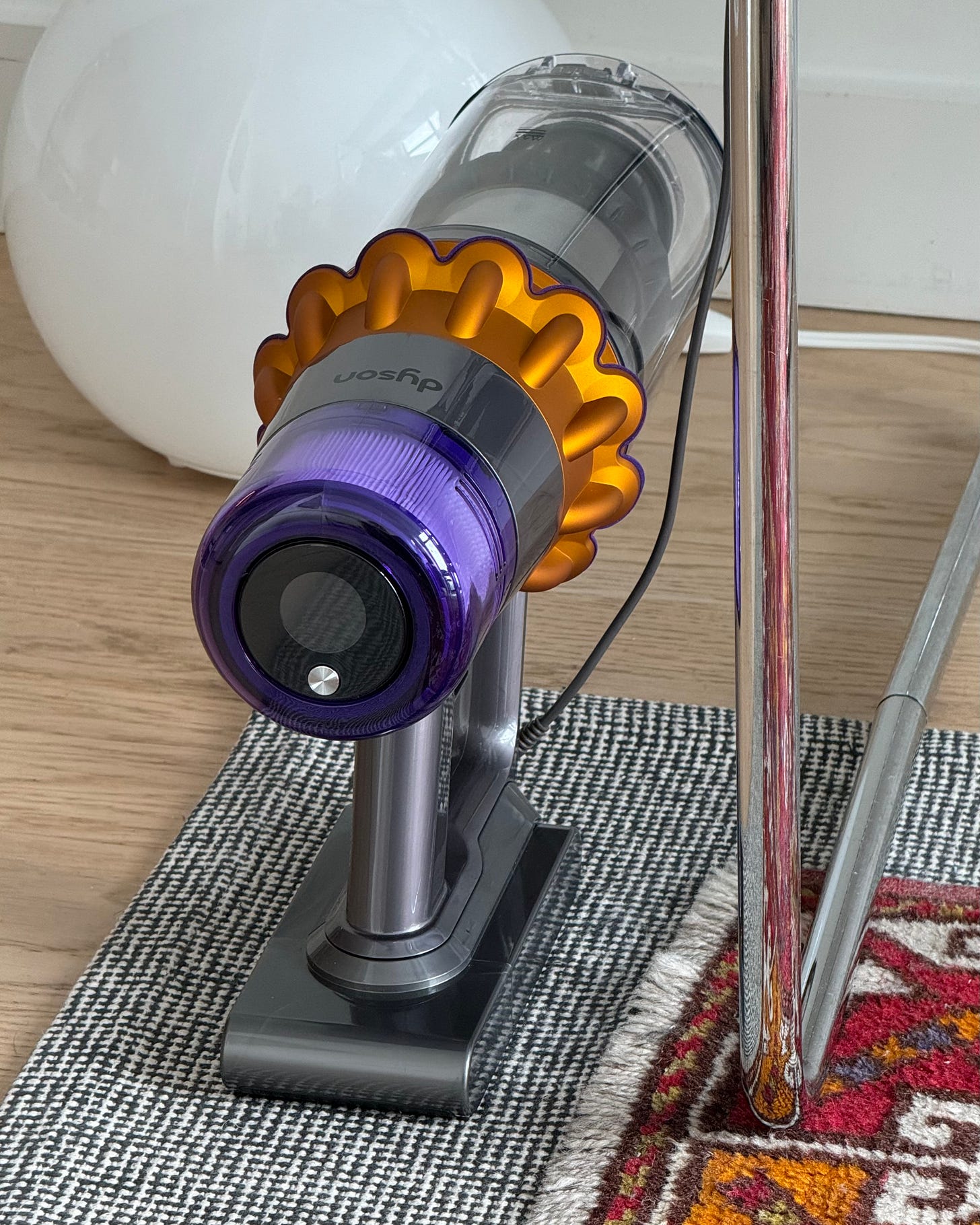
Do I think I am the end-all, be-all, modern-day Consumer Reports? No. I think it taught me many lessons on researching before buying and being picky. "Picky" often has a negative connotation, but being picky is just another way to say particular. I think being particular shows refinement.
This piece isn’t really about overconsumption vs underconsumption directly but they are a big topic online lately and informed buying does play into it. I can’t talk about informed buying without mentioning my minimalist phase. The year was 2016 and I decided to be vegan after being completely influenced by my surroundings: Denver, Colorado. I had been vegetarian for a year during college but moving from Mississippi to Colorado was a culture shock in terms of health. Everyone was either gluten-free, dairy free, pescatarian, sugar free, or vegan. The first party I went to I brought a wooden board with grapes and strawberries because I didn’t know what people ate there - and it was a hit! This was hilarious to me then and still is to be honest.
The thing about being vegan at the time, and maybe it’s still like this, is that once you go vegan you start becoming crunchy in other ways. I started buying clean beauty, food from bulk bins in my own containers, exploring what it meant to be zero waste, and being minimalist. I sold everything that no longer brought me joy, thanks Marie Kondo, and moved from a 2 bedroom, 2 bath, with a lofted office, balcony, and garage to a tiny 315 sq ft. studio apartment. Next to growing up in a Consumer Reports household, this experience was the biggest reason I started shopping slower and more consciously. When you go through every single thing you own and pare down to only what you need or what sparks joy then you have no choice but to come out changed by that experience.

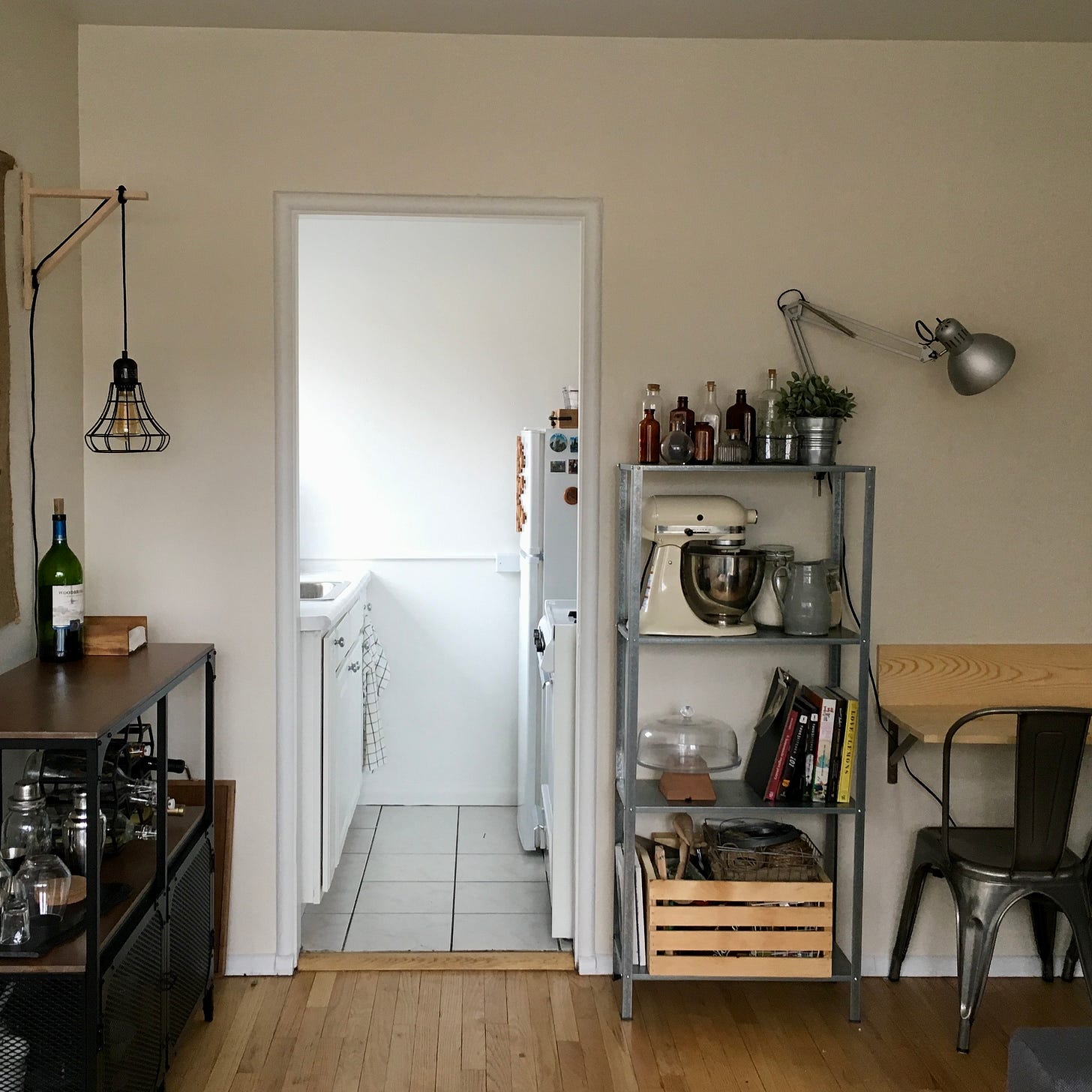
Overconsumption is definitely a problem and the underconsumption trend online has been really refreshing but maybe if we focus on why we buy and how we buy we might find a balance. I’m not perfect - I have collections of things I love and still buy things I later regret but I’m just doing the best I can until I know better. To be clear, collections of things you love are encouraged by me so keep collecting your matchbooks, puzzles, books, and vintage glassware.
How I make buying decisions
Most days I have decision fatigue and as much as I want to say yes to everything I find beautiful and useful my studio apartment in Brooklyn just doesn’t have the space - and frankly my wallet doesn’t have the buying power. That does not mean that I do not shop and that I do not spend a lot when I do. My $1,500 beverage fridge proves both of those things wrong. Here are some thought points on how I decide what to purchase.
The who: Is the brand doing something unique, new, or timeless?
Heritage brands have stood the test of time so often they have already been vetted by everyone for years. If they weren’t worth the money you’d likely know. Le Creuset is timeless in design and quality.
New brands are typically the disrupters for their category and require more attention before jumping on the bandwagon. I have made the mistake of jumping into a new brand too quickly and eventually accepting defeat and giving the item away. This is what I call a learning purchase. This does not mean all new brands aren’t worth it, just do your research – more on that below.
The what: What is made of? Check the materials descriptions or ingredients.
Clothing - I tend to go for natural fibers like cotton, wool, and leather. For jewelry, I look for solid gold or gold vermeil instead of gold plated. Getting a better base for materials allows you to know what will last.
Home - Solid wood, ceramic, metal, and glass are all often better choices over plastic and particle board.
Cosmetics - I am no expert here but another area where knowing a few ingredients can help you buy products most suitable for your hair, skin, and nails.
Food - I am not afraid of additives and you shouldn’t be either because sometimes the name is scarier than the ingredient itself but there are some items for which I have preferences. I don’t tend to buy things with artificial colors and like to know that the brand making it has a genuine passion for the product they produce. Also, being careful to not buy too much food (yes, I'm looking at the 5 boxes of pasta in your pantry and wilting lettuce) at once because this leads to food waste.
The why: Questions I ask myself before buying.
Why do I want and/or need this?
Is this filling a hole in my wardrobe/kitchen/home?
Why is this different from its competitors or what I already own?
Where will I put this in my home?
Where will I wear it?
Can I borrow it? (gown, specialty one use items)
What do I gain by owning this?
Wait: Exactly what it sounds like! Wait because one of two things can happen - it goes on sale/someone resells it for less or you change your mind. New is always exciting so it’s easy to just impulse buy but waiting either solidifies that you wanted it or makes you realize you never actually did.
History: Look at what’s in your home right now - What have you owned the longest and still love? What clothing items have you worn repeatedly for years? What foods do you finish the whole thing and never let go to waste? This tells you so much about what items you personally find valuable and help inform future purchases.
This list is not exhaustive of everything that goes into making a choice but the main take away I want to inspire is time + research. The more you know the better you are at making the right choice for you.
I used to spend, spend, spend on things expecting to feel better but once I slowed down and spent more on less I actually started enjoying the process more. Buying pastries from a local bakery is 10x more delicious than from the grocery store and more connected to my community. It costs more but I would rather one pastry that stops me in my tracks with every bite over two or three average ones. The thing to me about buying the less than version of something is it leaves me wanting more so I keep going back looking for something better when I could have just waited and gotten the something better the first time.
You will make mistakes, just like I did with the Always Pan (raise your hand if you also made this mistake), but that’s just part of the process. In the same way when you’re young you’re happy with cheap bottles of wine but as you try more wine your taste grows and you are no longer happy with the two buck chuck you drank in college.
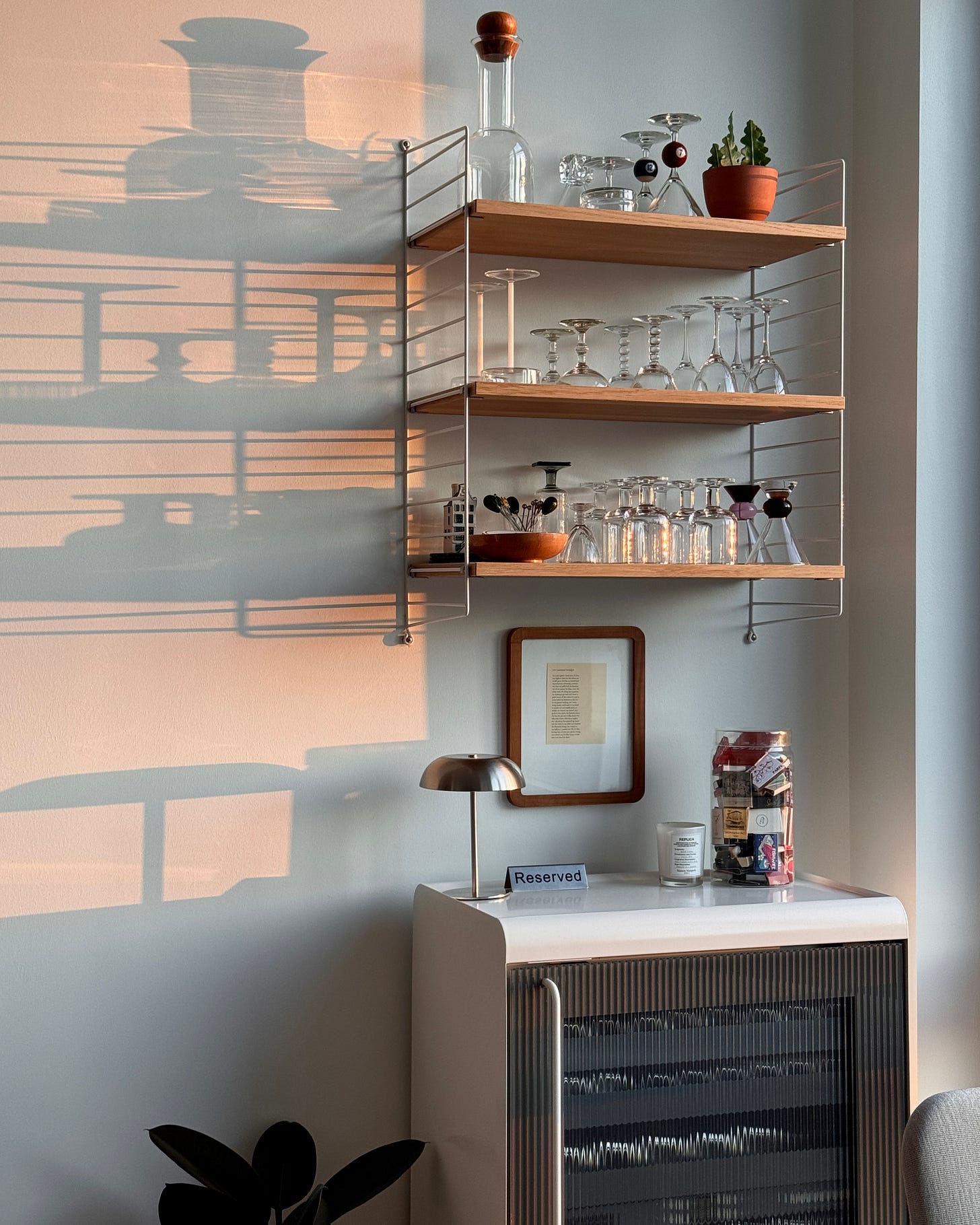
In conclusion
This is a personal process so there is no cut-and-dry rule book. You will learn from your own preferences, habits, and purchase history. Be kind to yourself through it all.


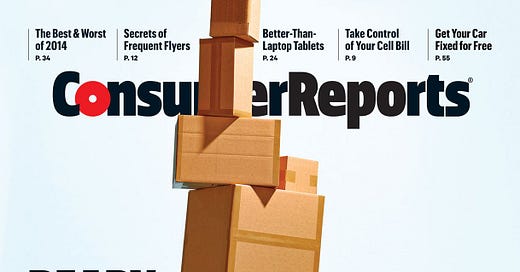


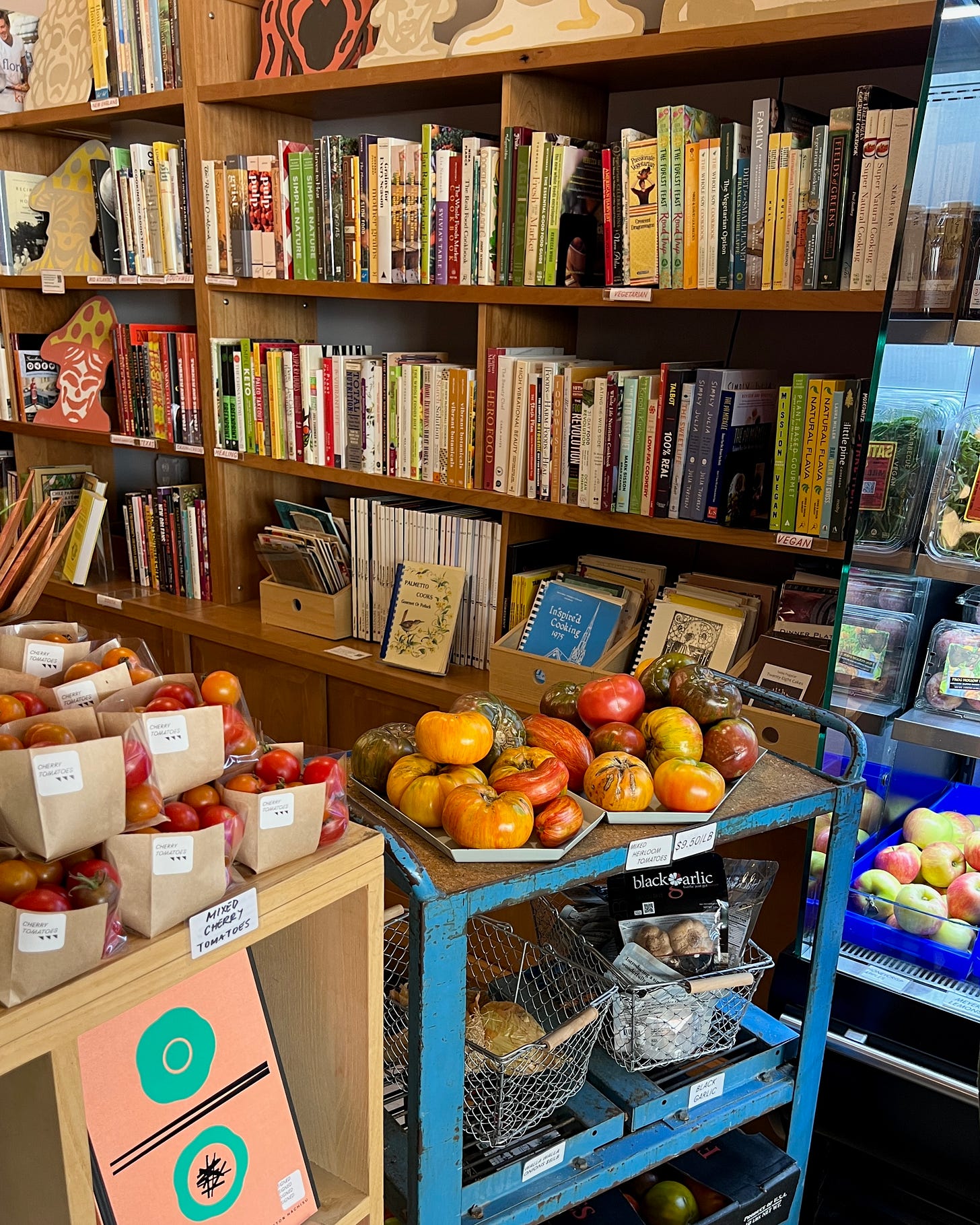
Raising my hand for the Always Pan… Loved reading this! I’m far from being a minimalist, but your approach feels like a manageable way for me to start simplifying.
I also loved to pour over my dad’s copies of Consumer Reports, and now I do the same with Wirecutter.